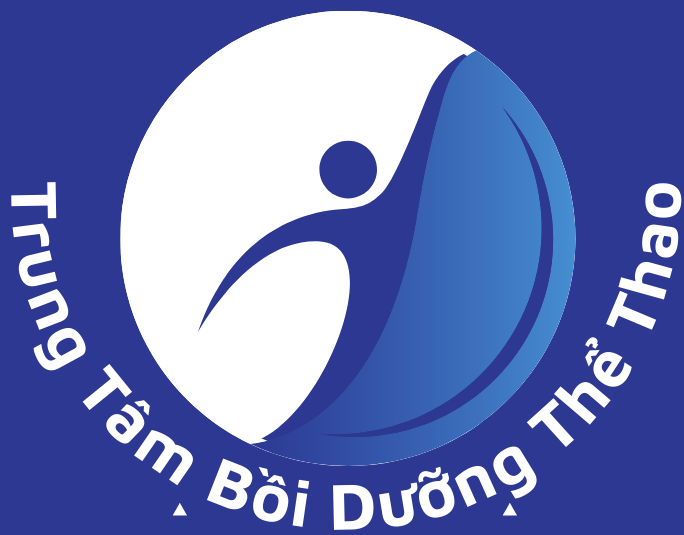American motorcycle culture symbolizes an intricate blend of nonconformity and brotherhood, originating from the aftermath of global conflicts. Transitioning from military service to civilian roadways, steel horses transformed into vehicles of personal freedom, carrying both countercultural ideals alongside corporate commodification[5][10][17].
## Historical Foundations https://usabikers.net/
### Post-War Origins
The modern biker identity crystallized amid the disorientation of returning WWII veterans. Servicemen accustomed to the brotherhood of combat craved alternative communities, leading to proto-biker associations like the Market Street Commandos and Hells Angels precursors[5][13][17]. The dominant motorcycle manufacturers, having proven their worth, shifted from tactical vehicles to identity markers, fostering brand loyalty that persists today[5][11].
The notorious “American Motorcycle Association riot” propelled biker gangs onto front pages, when a massive gathering overwhelmed a rural municipality, culminating with urban chaos and police intervention. This event cemented the outlaw biker stereotype across societal perceptions, despite the majority constituting mainstream motorcycling advocates[10][13][17].
## Prominent Riding Associations
### Legal vs. Extra-Legal Groups
The nation’s largest riding organization originally functioned as the governing body for structured riding activities. However, the association’s discriminatory membership rules—barring racial minorities until the 1950s—sparked the emergence of parallel organizations eschewing mainstream motorcycling norms[11][13].
Four dominant outlaw clubs evolved into central figures in this counterculture:
1. The iconic winged-skull organization[2][3][10]
2. Established 1935 in Chicago[3][10][13]
3. 1959 Maryland origins[8][10]
4. Texas-born international network[3][10]
Such organizations function via strict hierarchical structures including presidents, sergeants-at-arms, and road captains, while physical headquarters functioning as security-enhanced meeting spaces[10][13]. Although public perceptions of criminality, many chapters engage in charitable initiatives like holiday gift drives[8][10][15].
## Societal Influence and Transformation
### From Silver Screen to Fashion Runways
The outlaw persona permeates national entertainment, from Hollywood’s rebellious archetype in *The Wild One* through contemporary streaming series. Such widespread influence manifests in:
– Fashion trends: Leather jackets, bandanas, and riding boots marketed through brands like Biker Life USA and Bikers Lifestyle[4][12]
– Musical influences: From punk rock to heavy metal embracing motorcycle-inspired visuals
– Written narratives: Hunter S. Thompson’s *Hell’s Angels*[1][6]
Recent sociological analyses highlight the inherent contradiction of modern biker culture: both eschewing societal norms while being deeply corporatized via corporate sponsorships of major rallies[1][7][12].
## Modern Dynamics and Complex Issues
### Current Trends and Future Directions
The motorcycle event calendar remains fundamental to American biker culture, with this year’s premier events such as:
– The 84th annual coastal gathering[7][15]
– Historic Black Hills convergence[7][15]
– Arizona Bike Week (Scottsdale)[7]
Developing phenomena reshape the community:
– Increasing female participation through groups like Women in the Wind
– Technological integration with GPS-guided rides and social media communities[7][15]
– Eco-friendly initiatives promoting electric motorcycle adoption[15][17]
Legal and ethical debates persist, especially concerning:
– Gang-related criminal activity versus policing approaches[10][13][17]
– Responsible sponsorship models despite gambling industry ties[8][17]
– Commercial exploitation issues about co-optation of rider aesthetics[4][12]
## Conclusion
US motorcycle society stands at a historical crossroads, negotiating its nonconformist roots with modern corporate influences. While contemporary riders embrace technological advancements and virtual networks, the fundamental spirit of freedom and brotherhood endures—now expressed through diverse demographics and evolving social norms. Future developments will likely see increased regulatory scrutiny coupled with ongoing societal impact, ensuring the perpetual role of two-wheeled culture in America’s social fabric[5][10][17].
